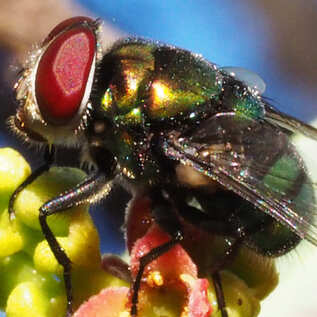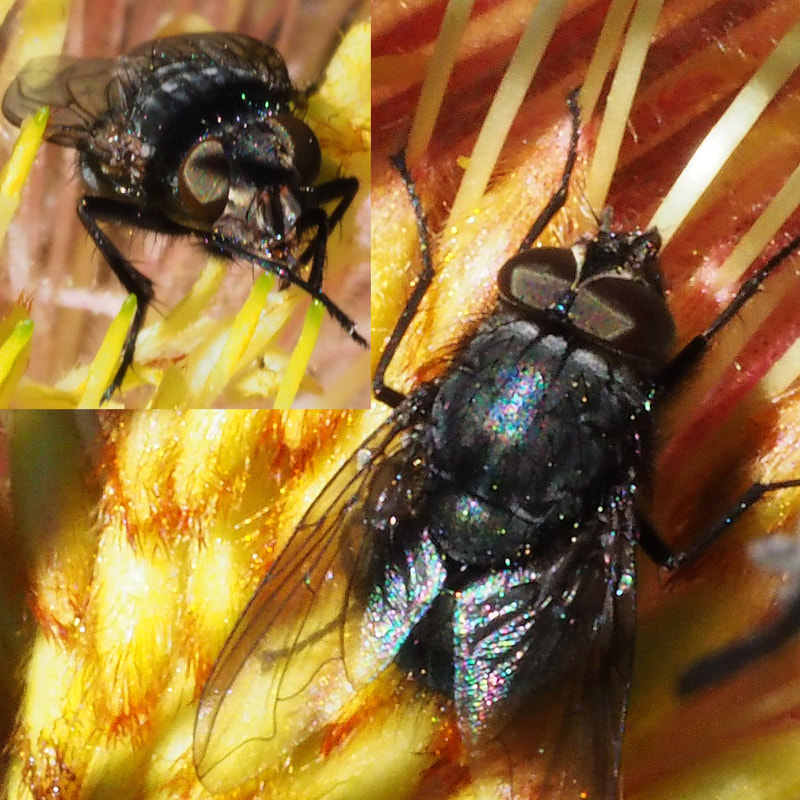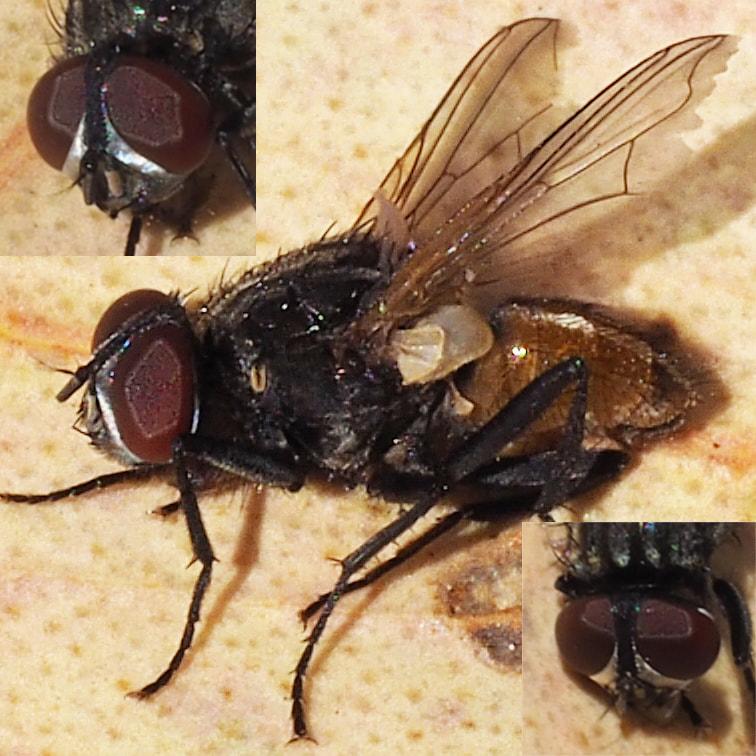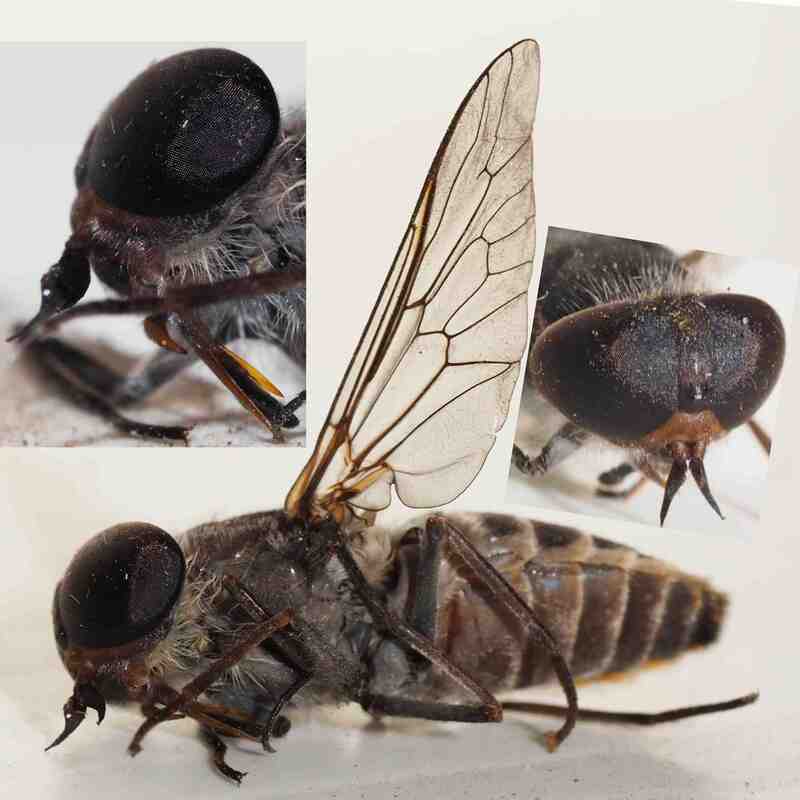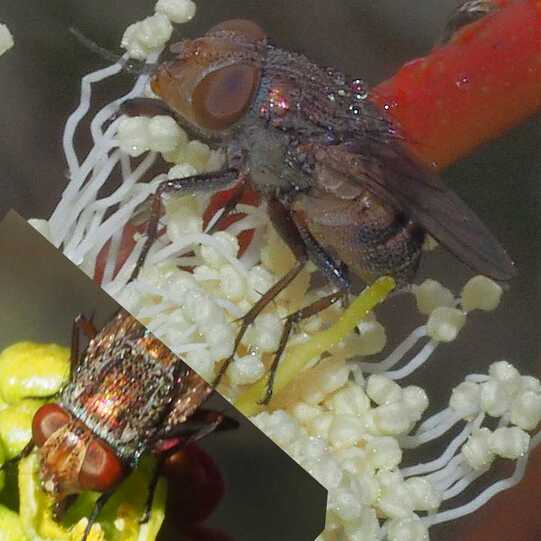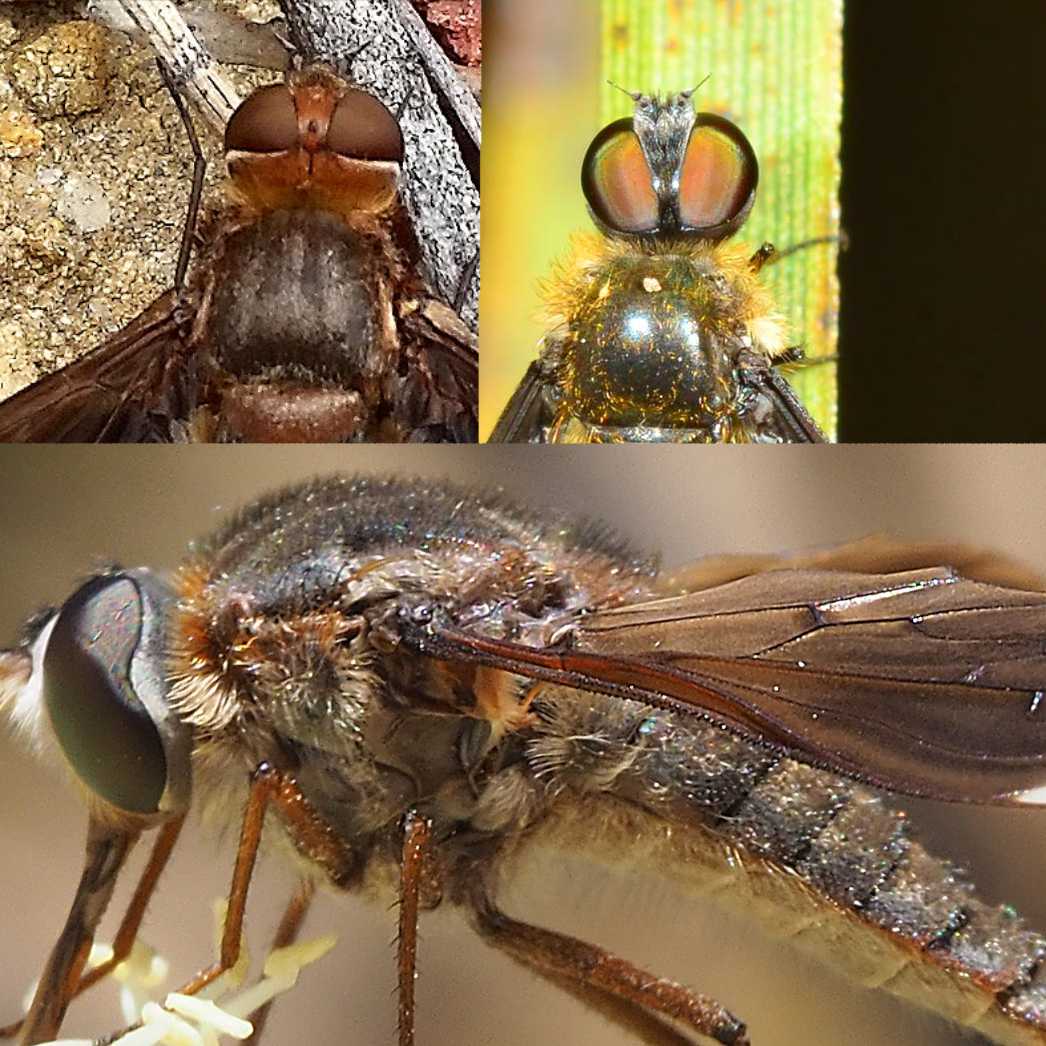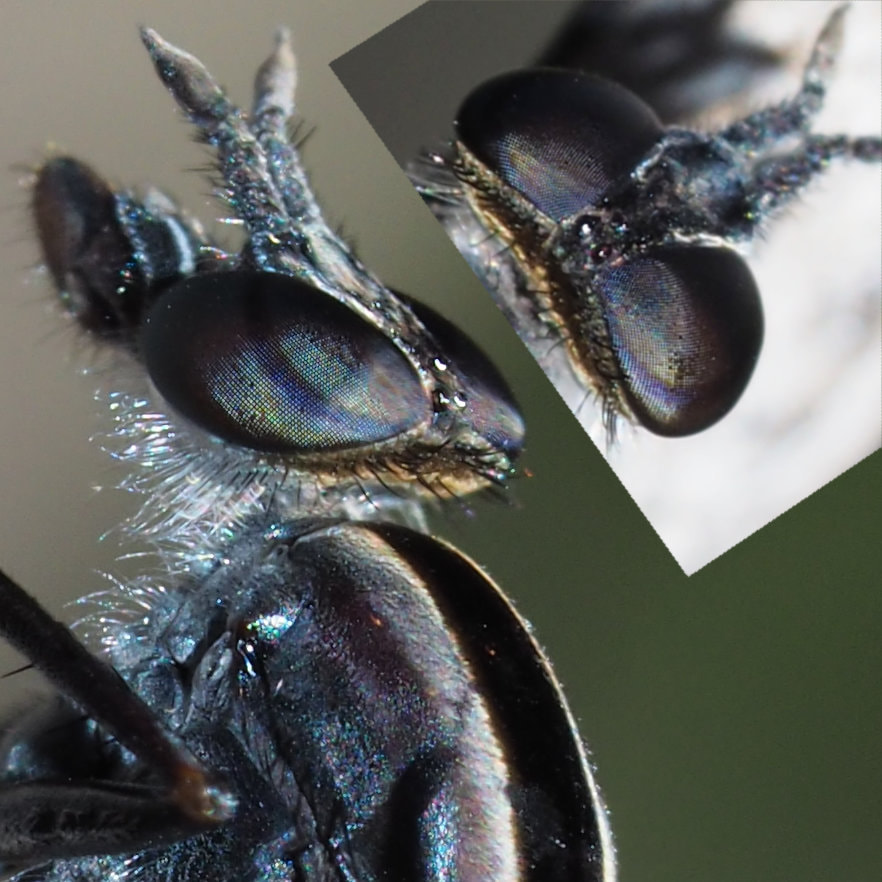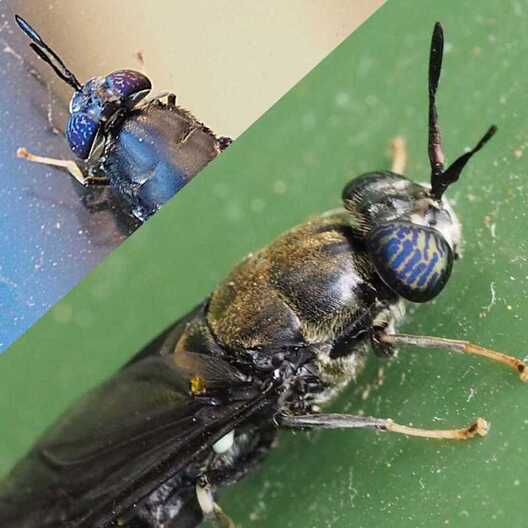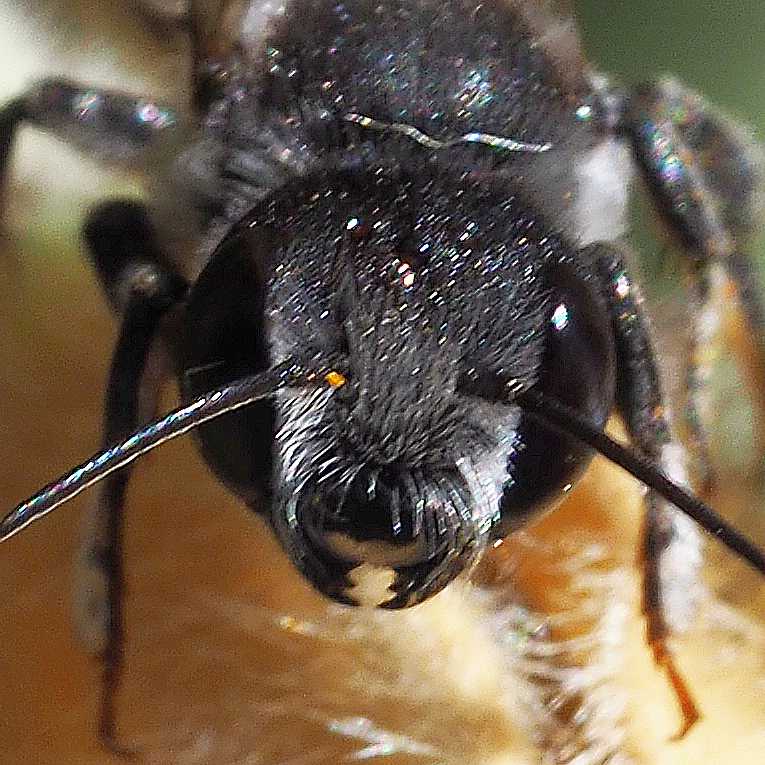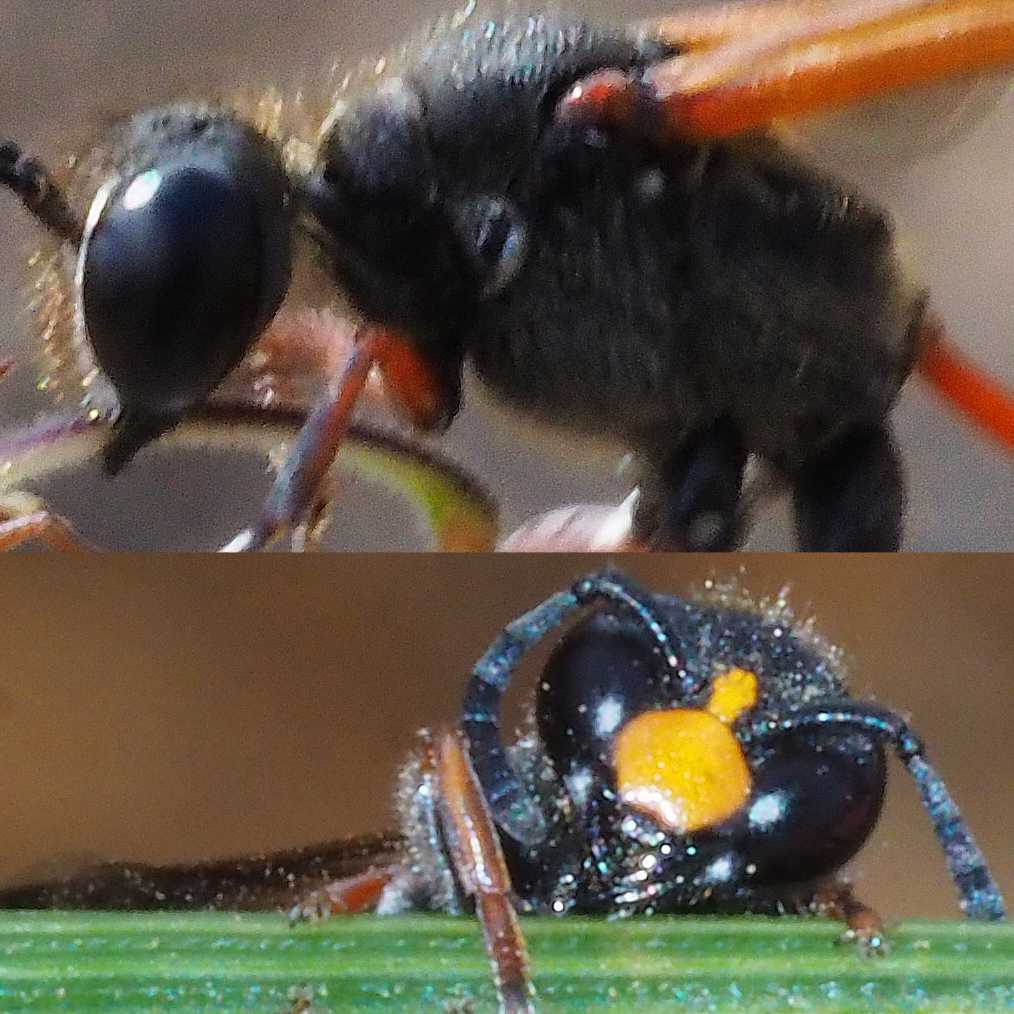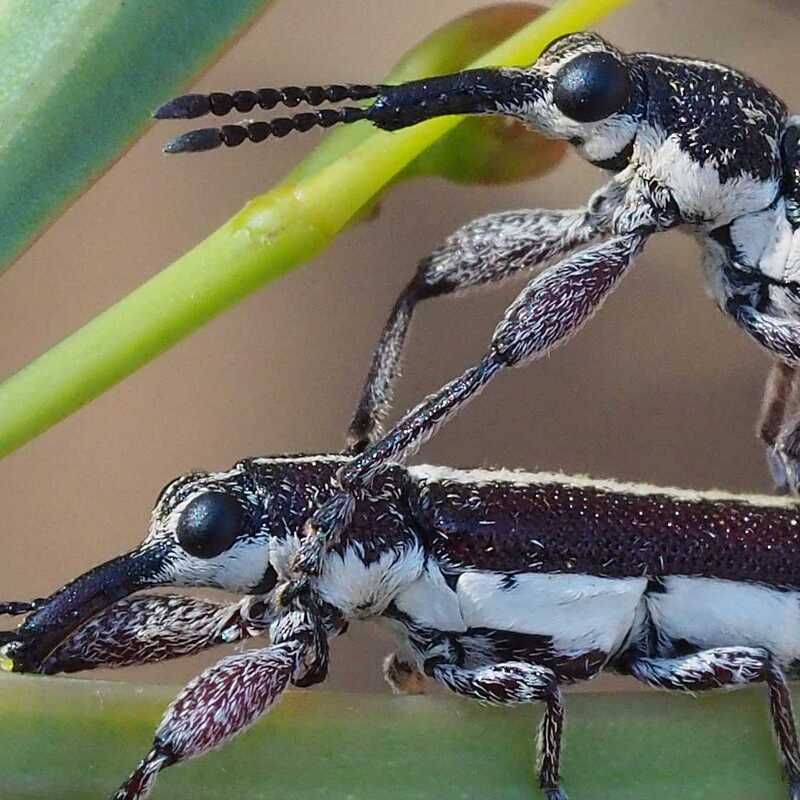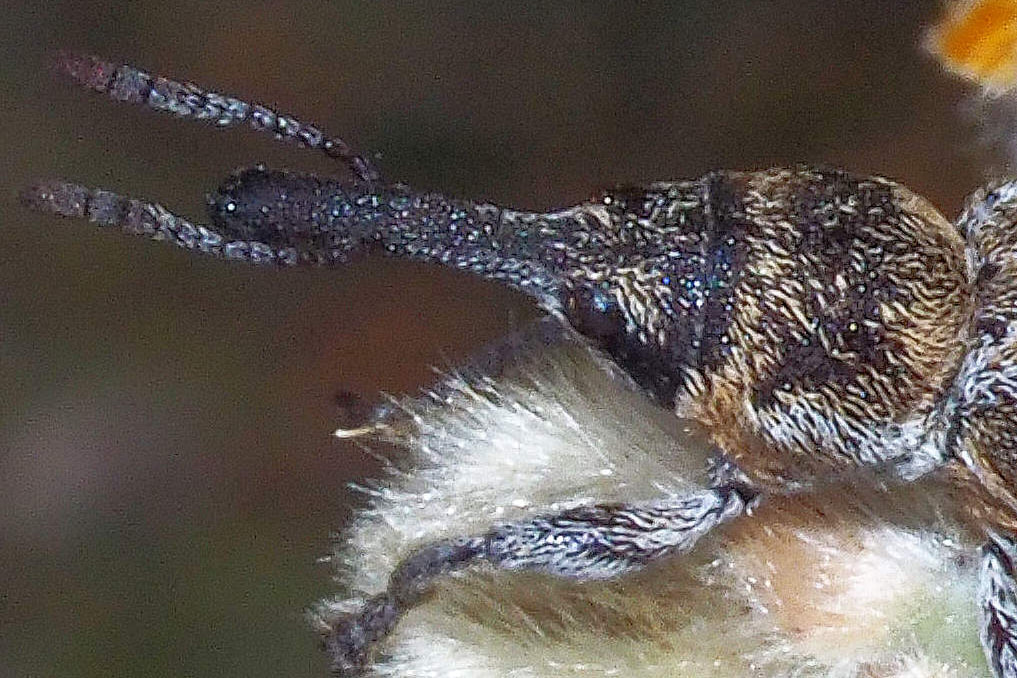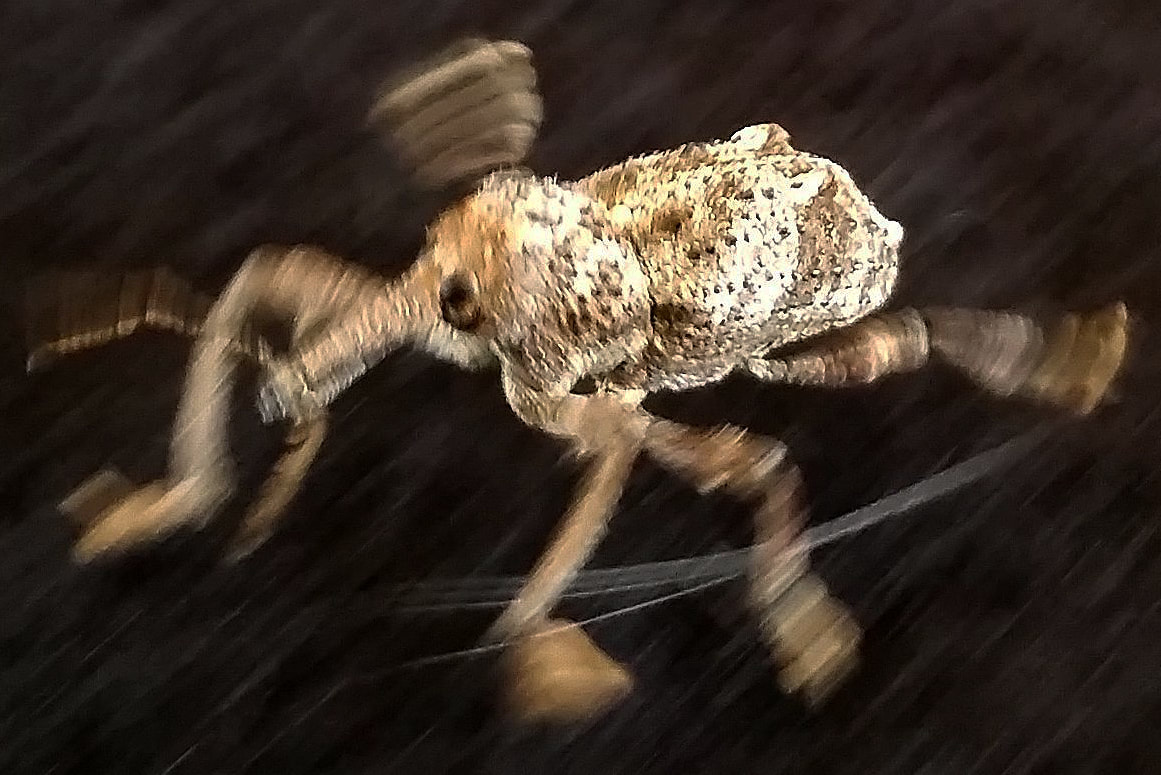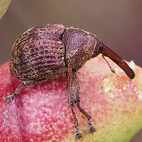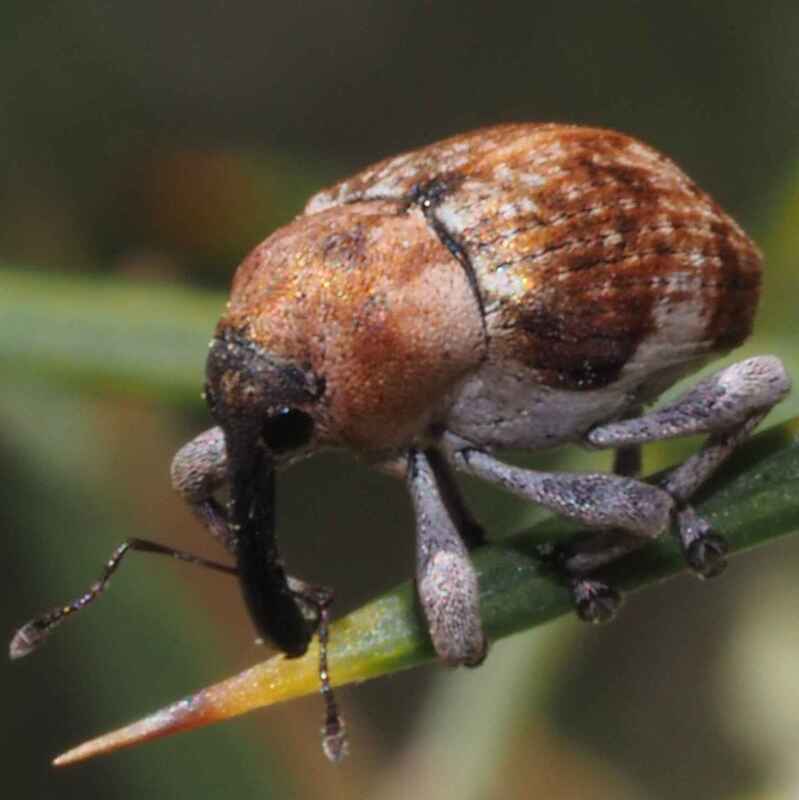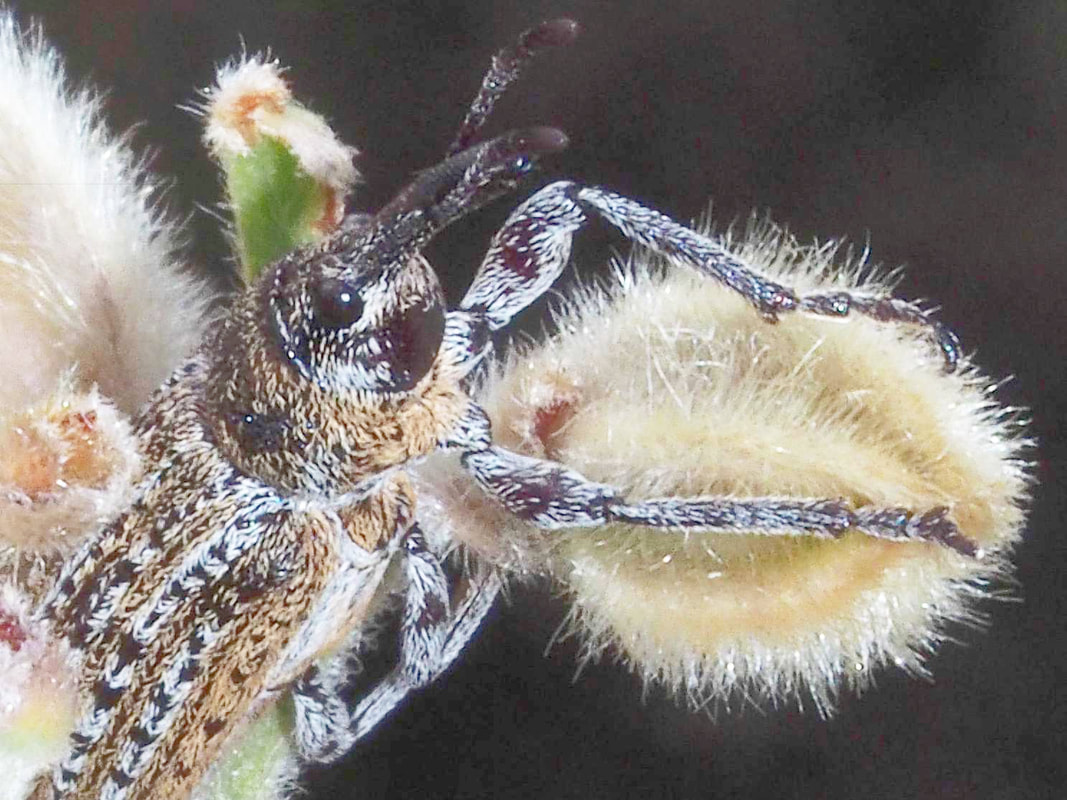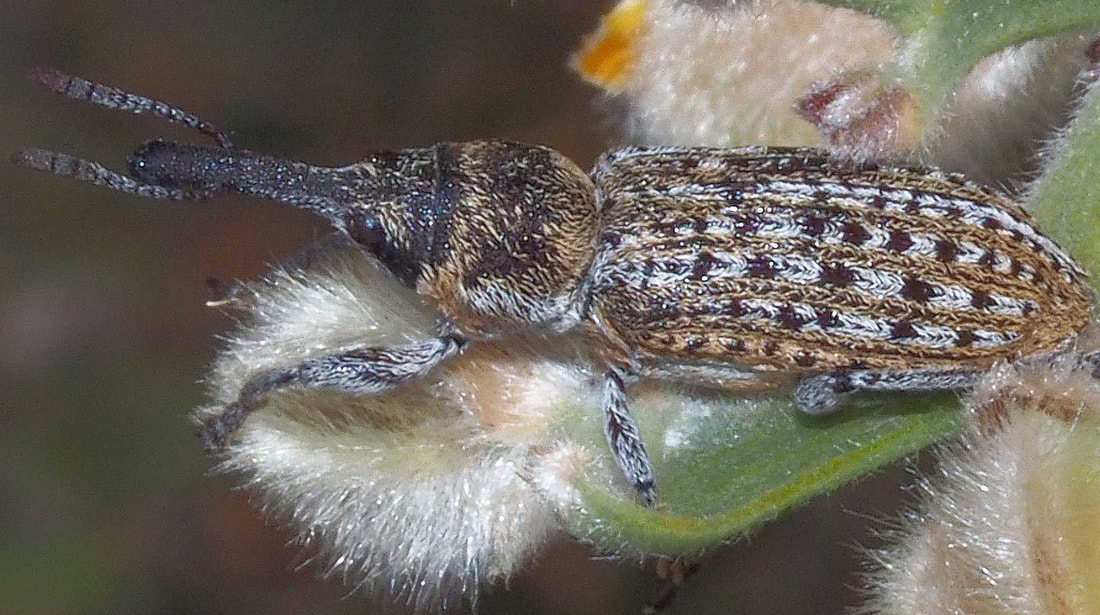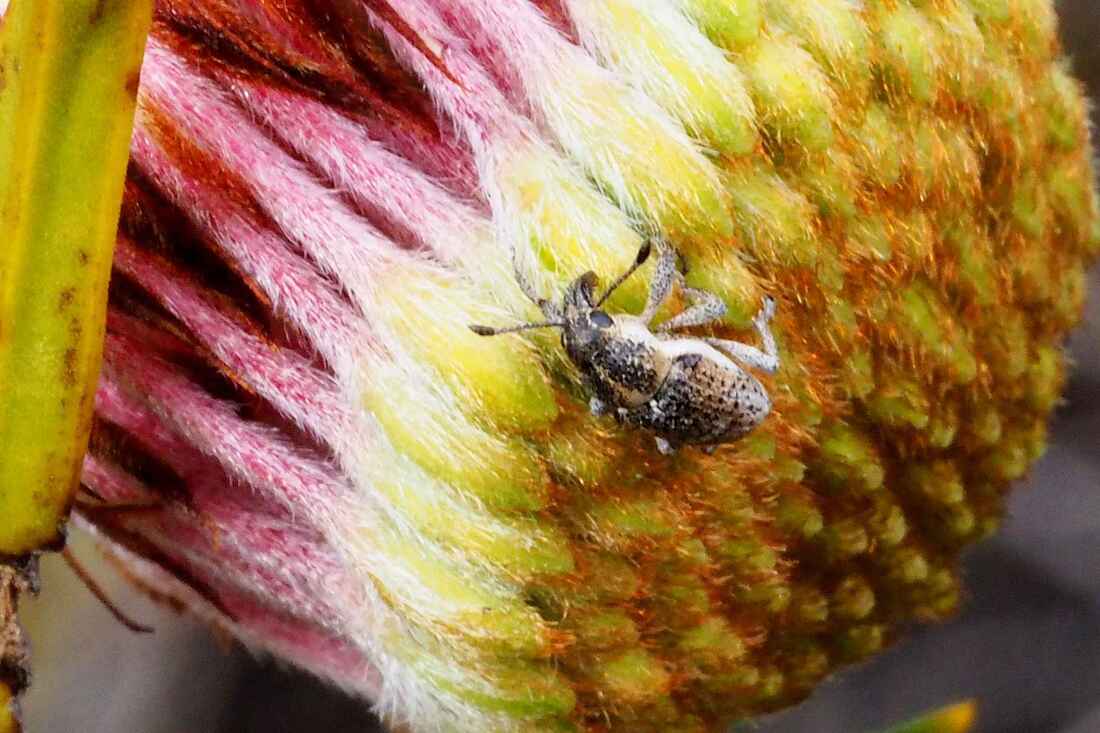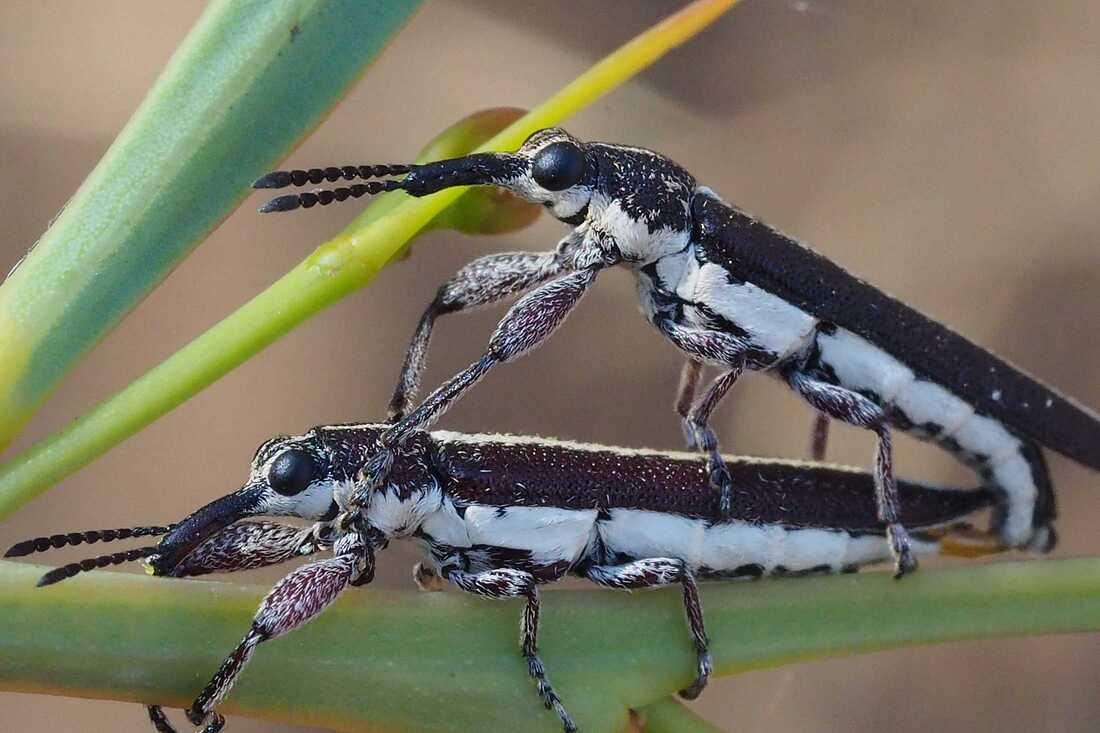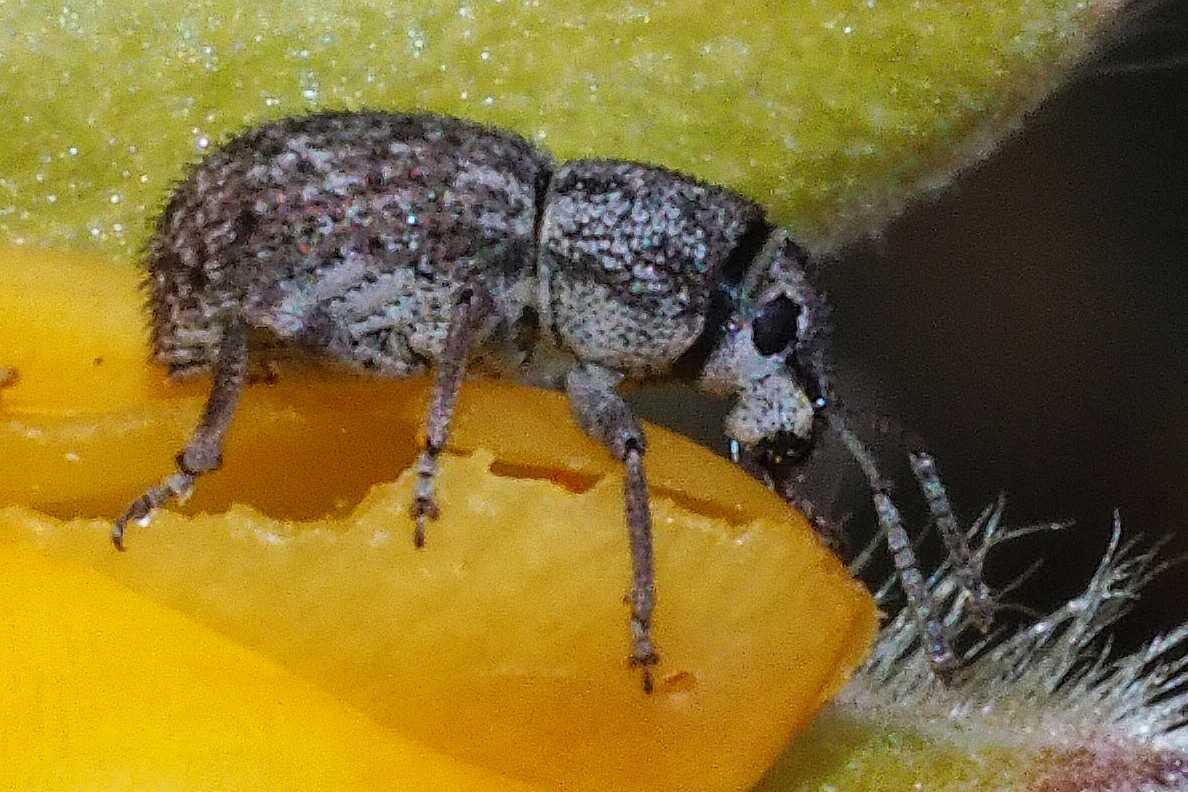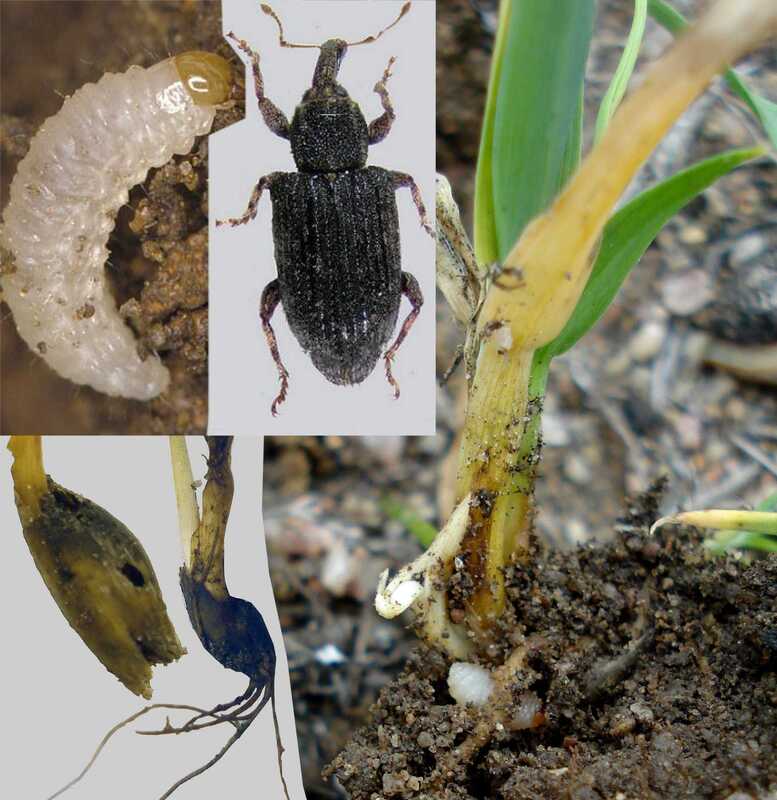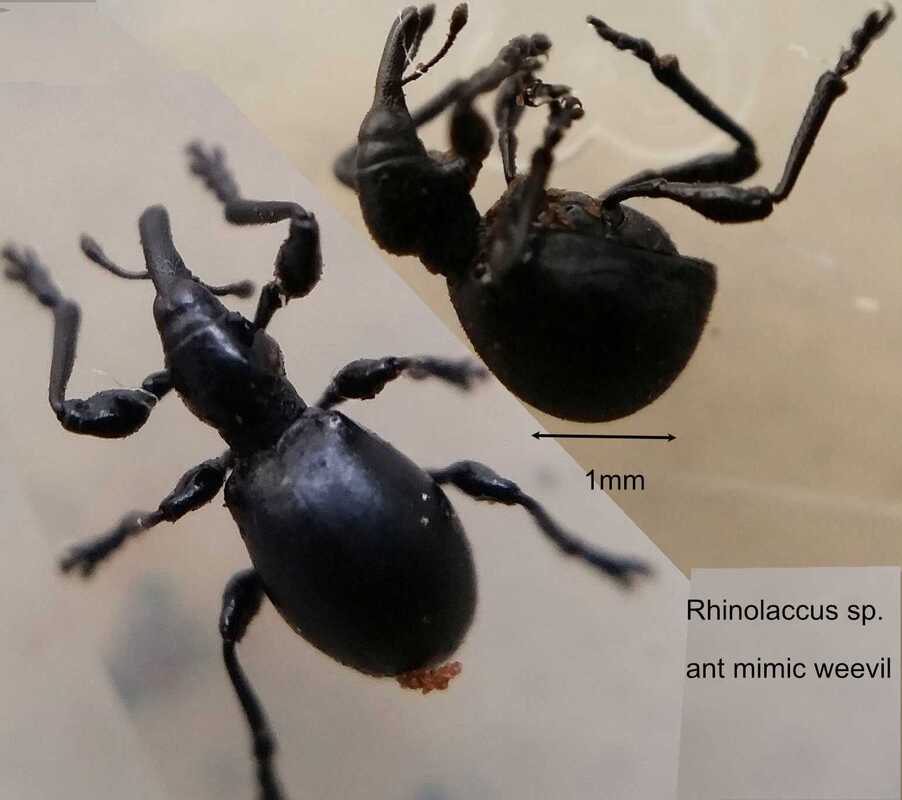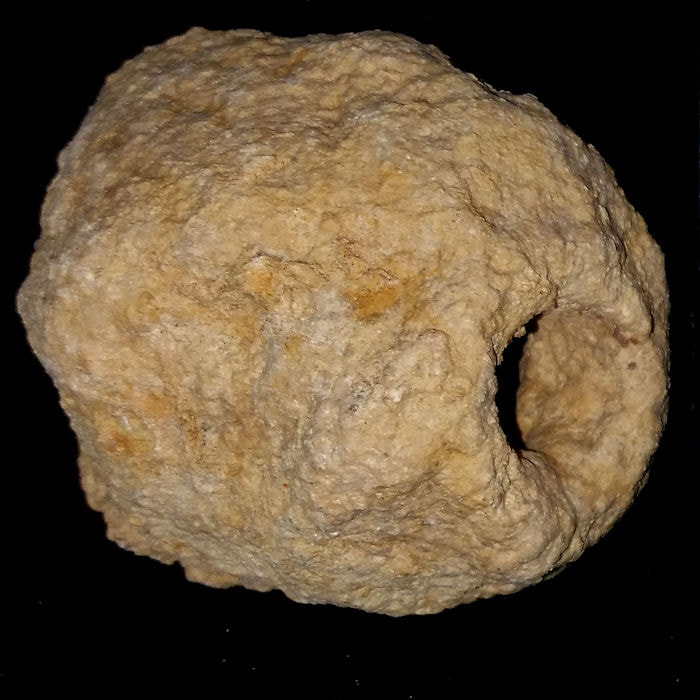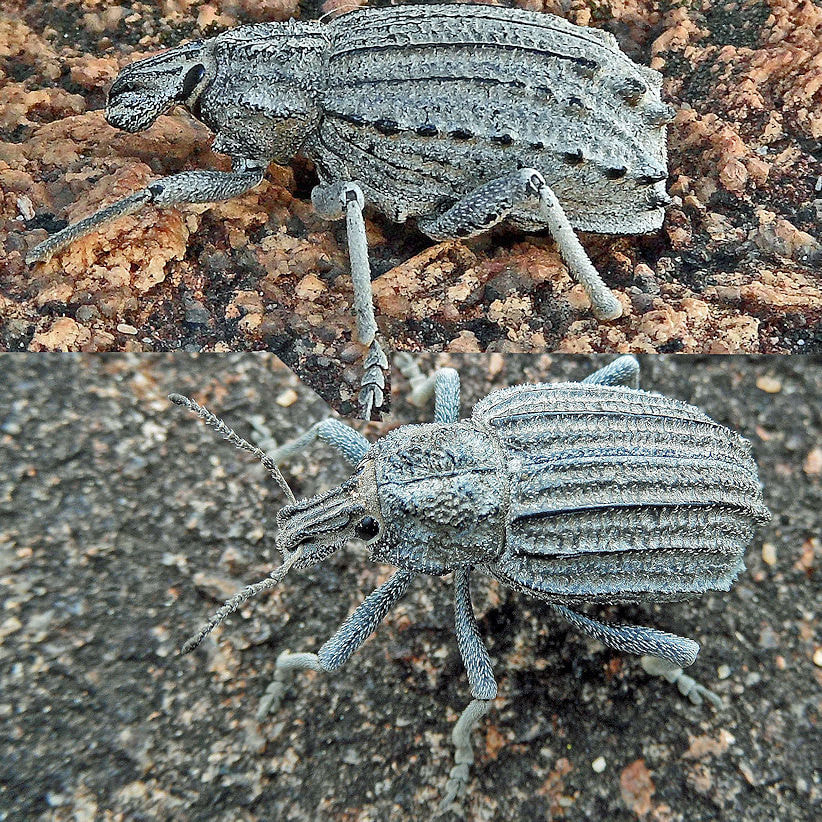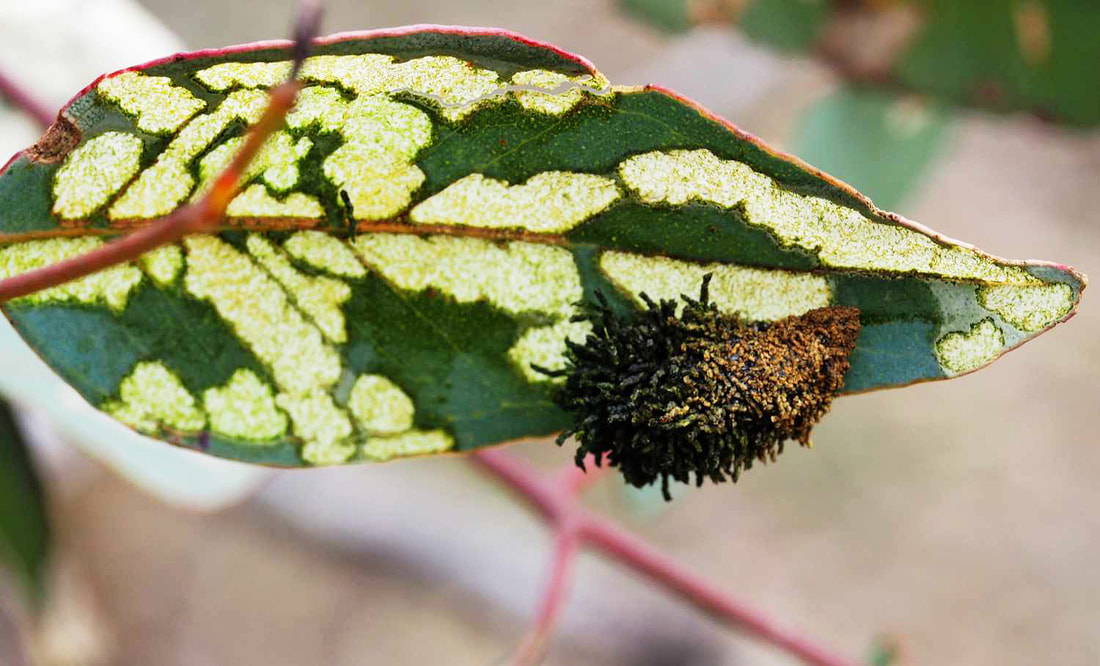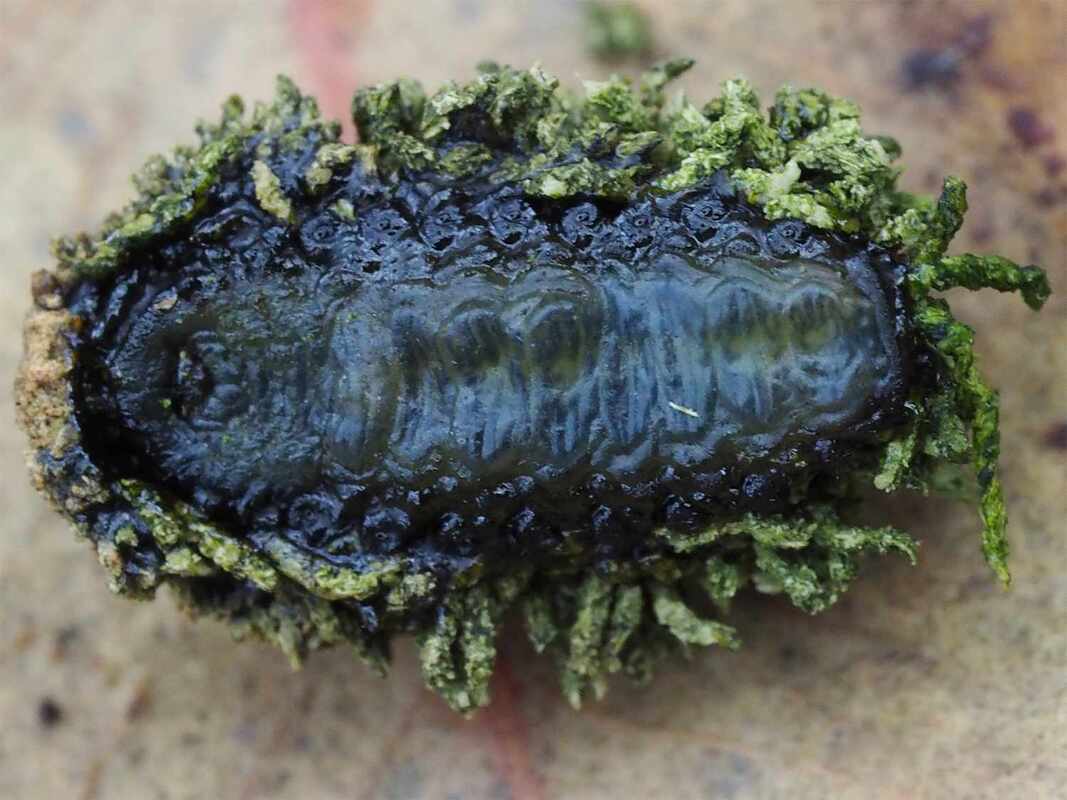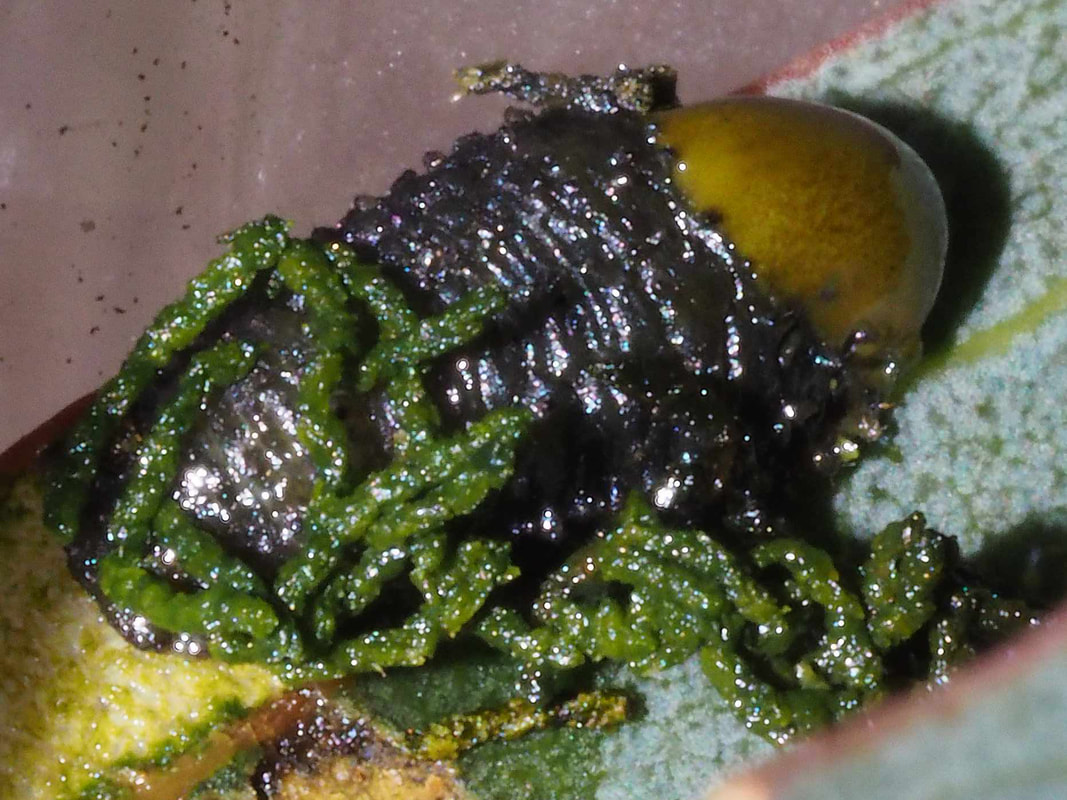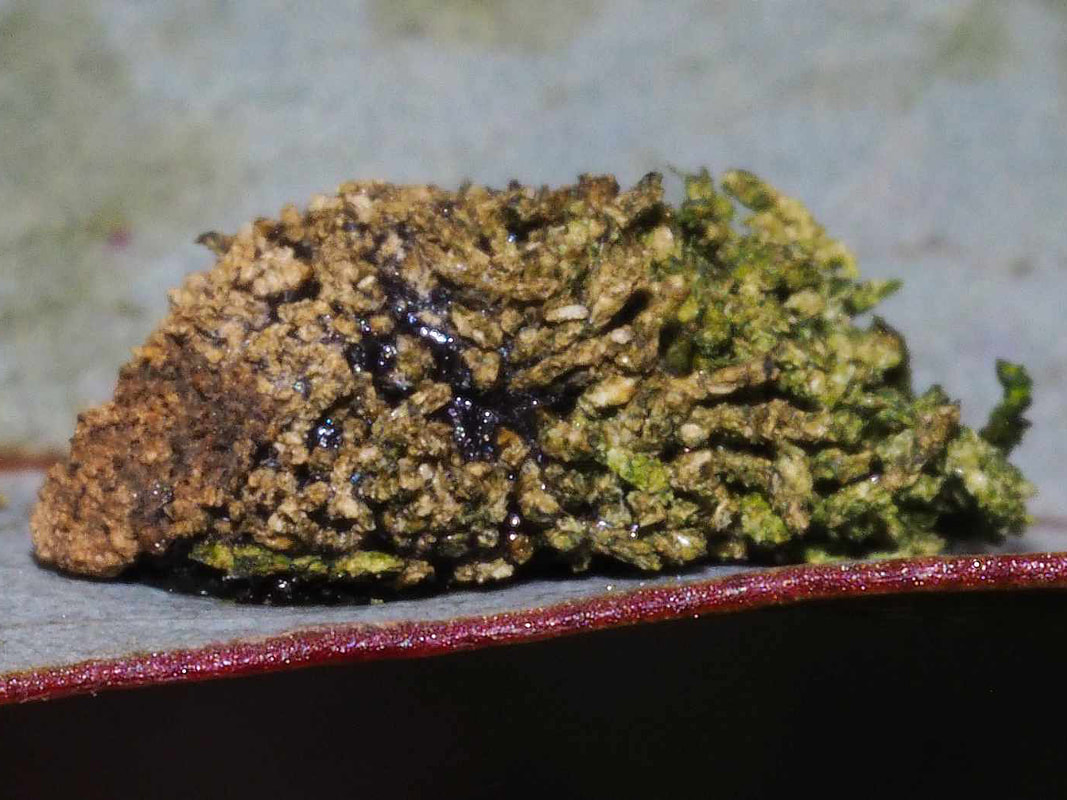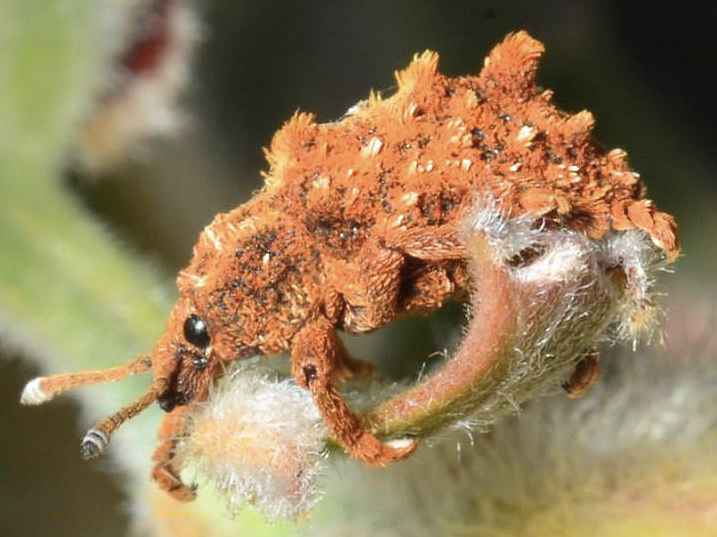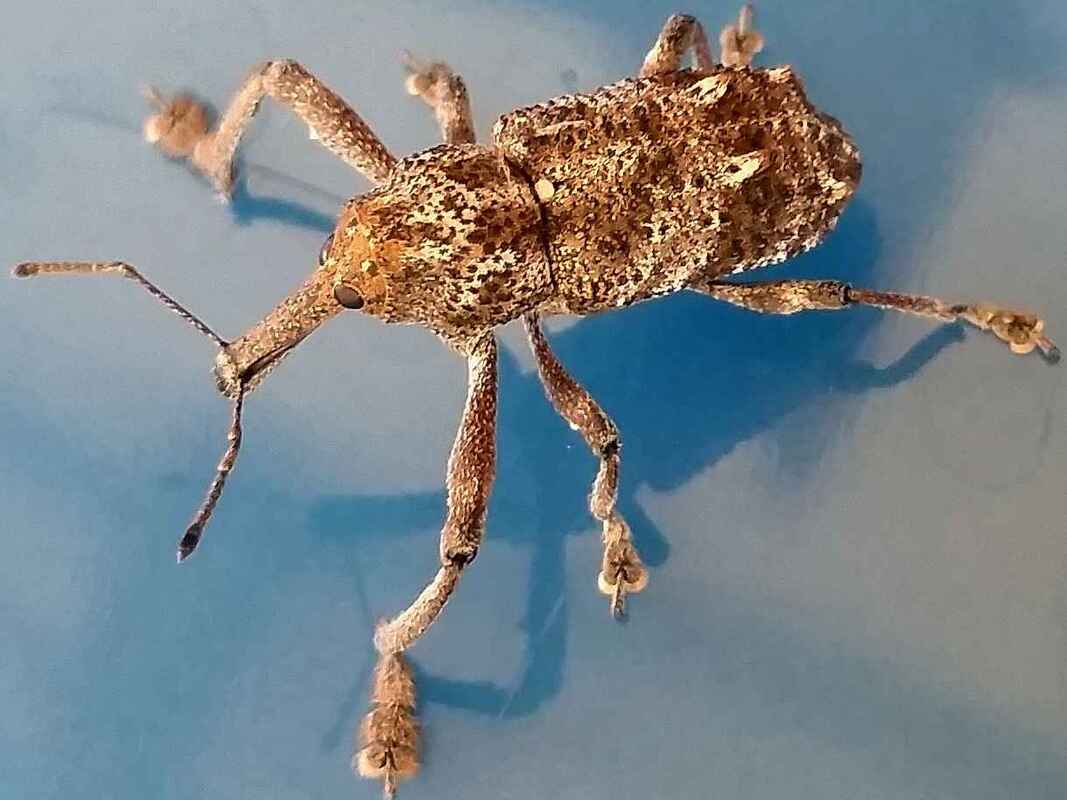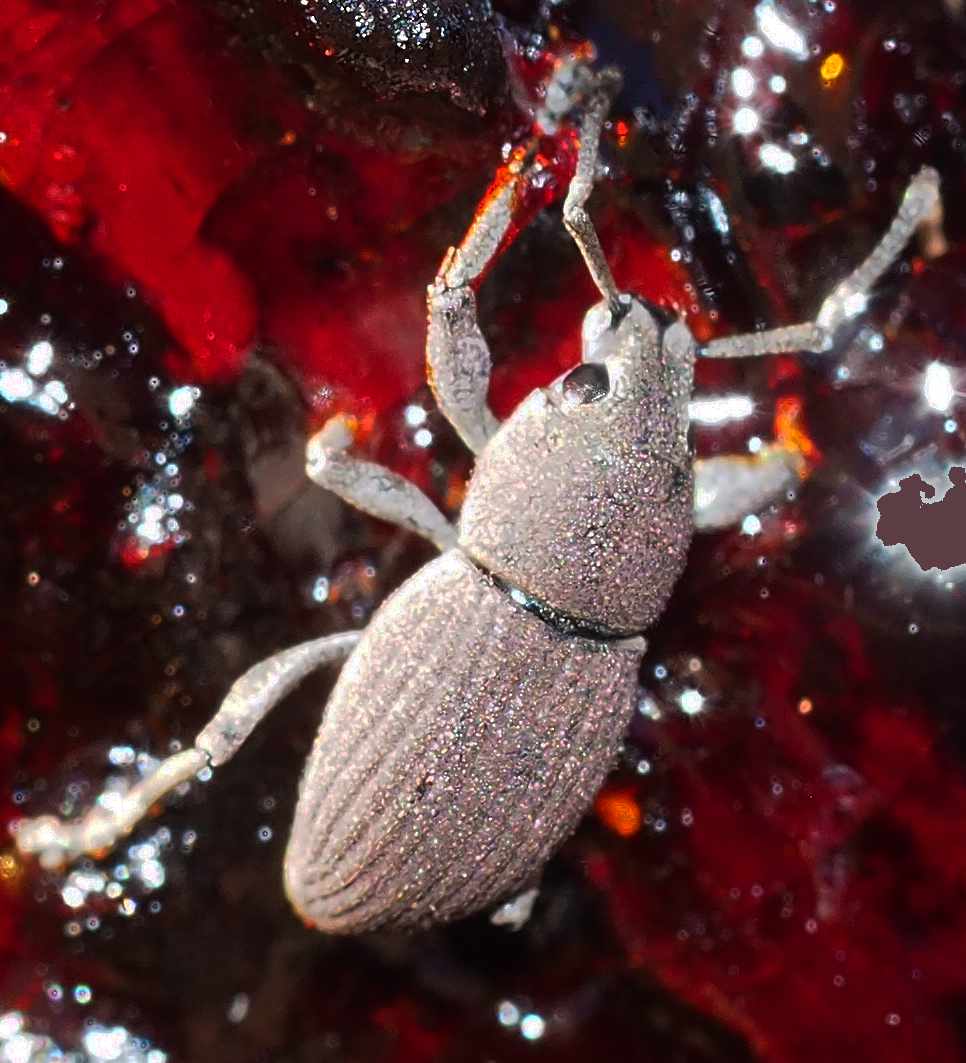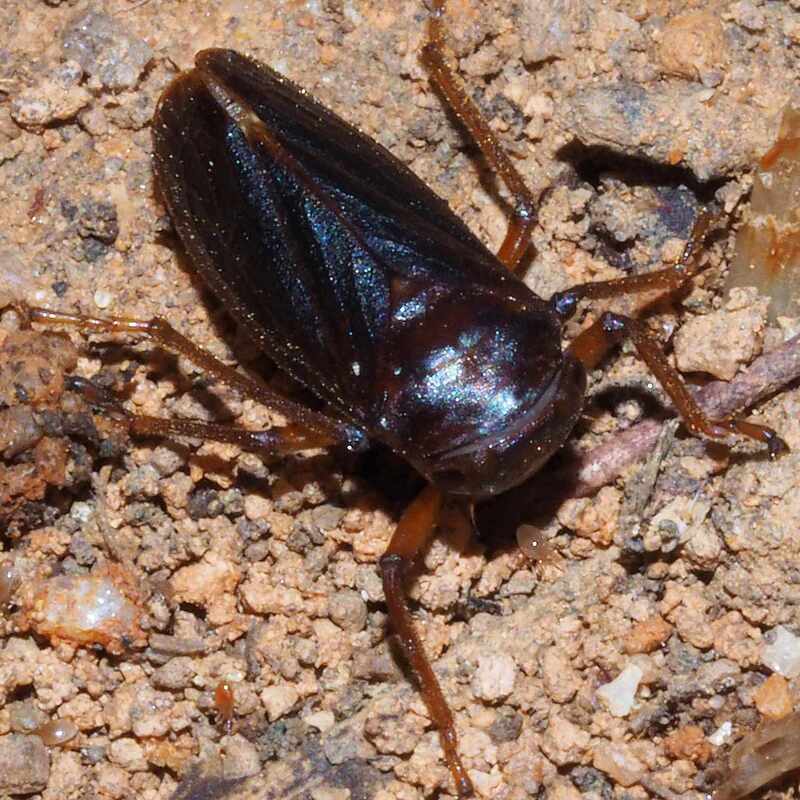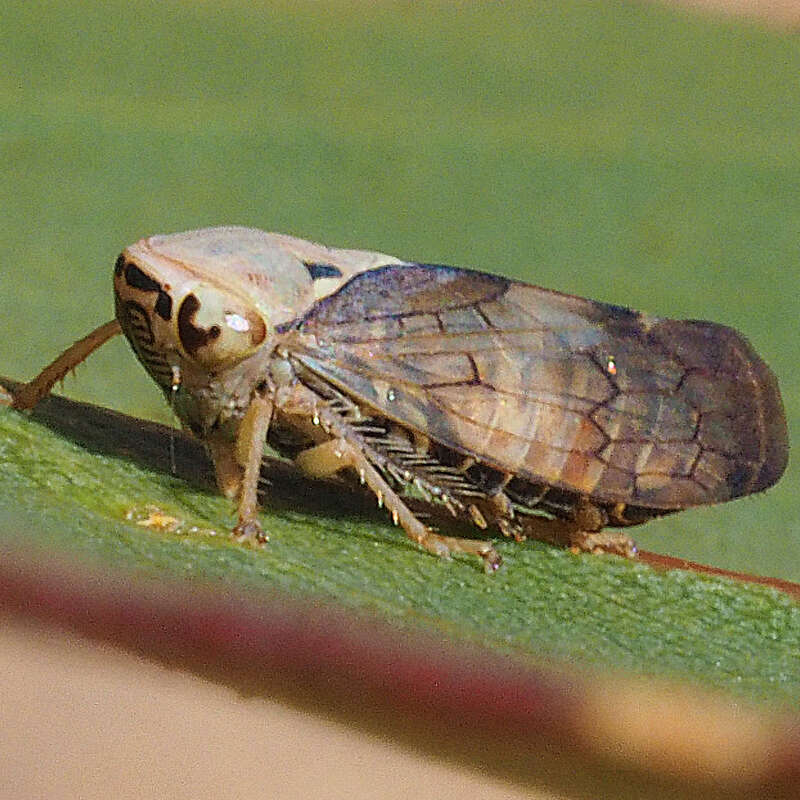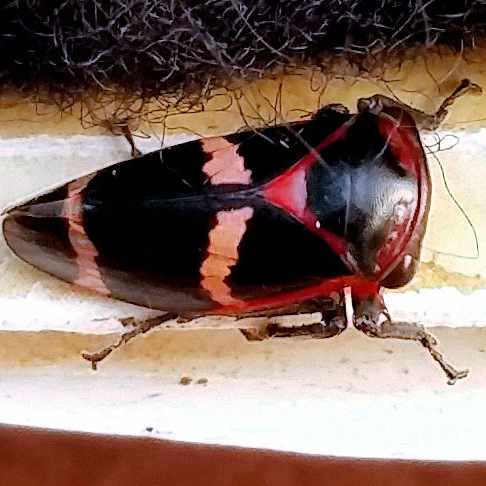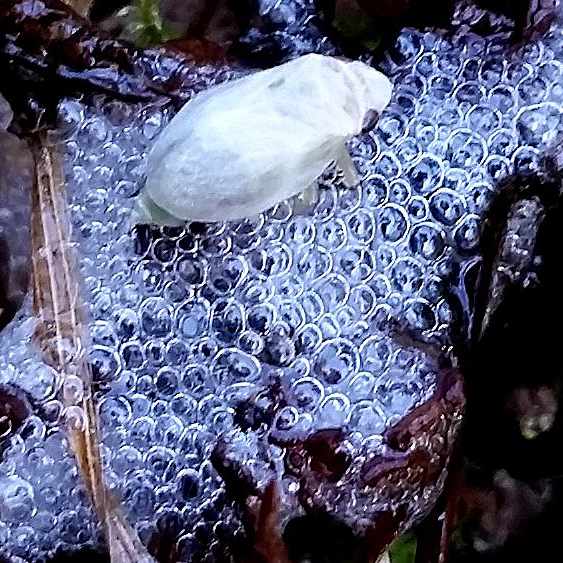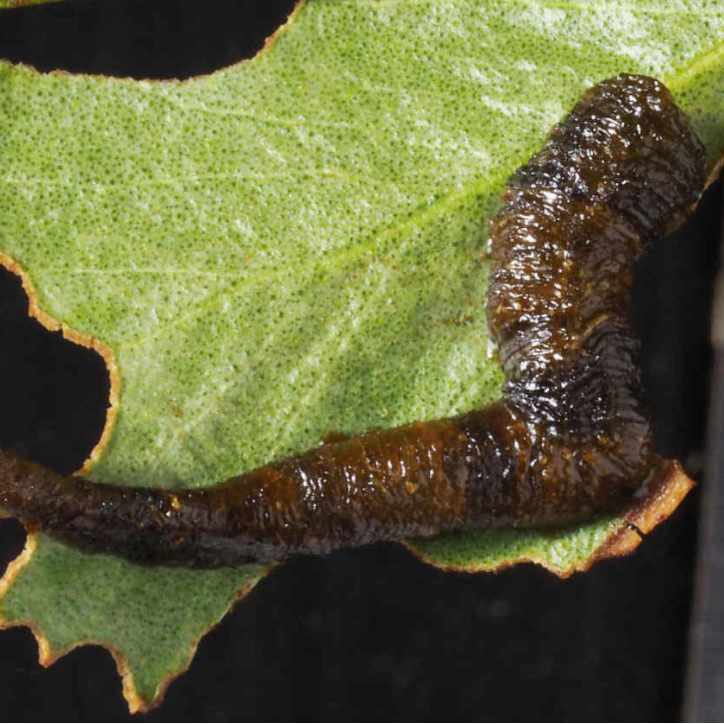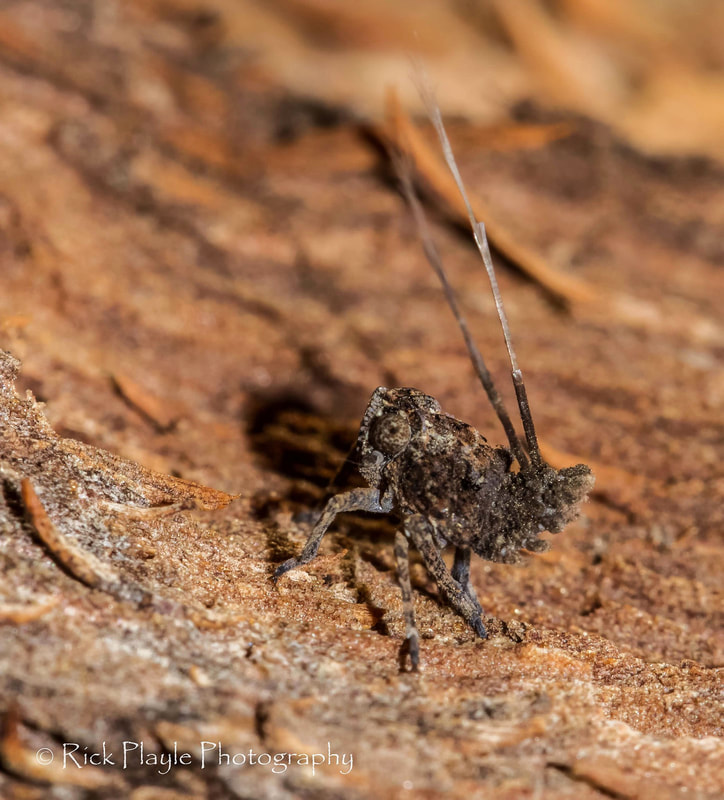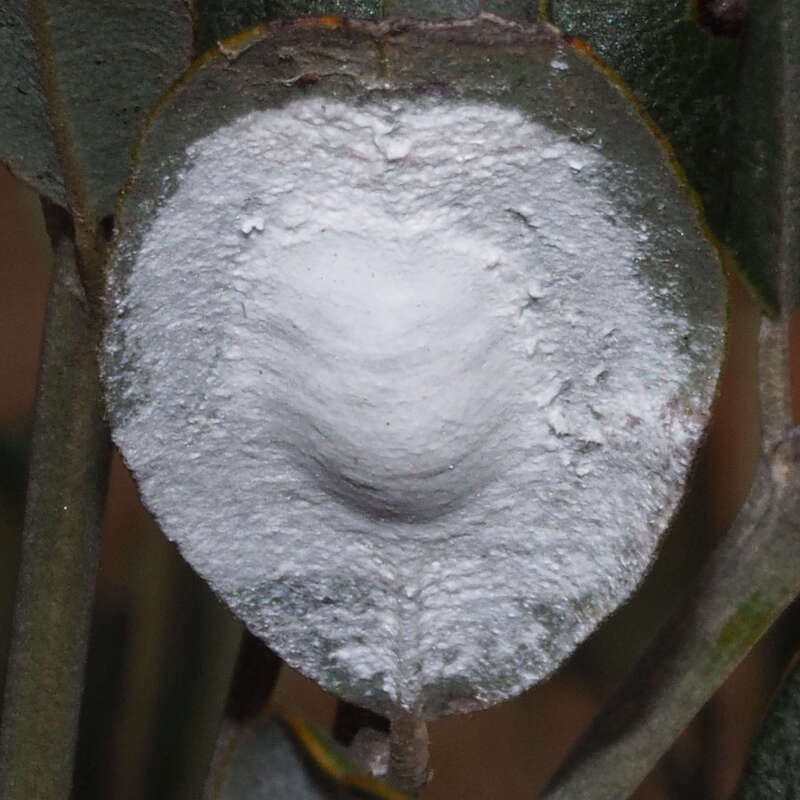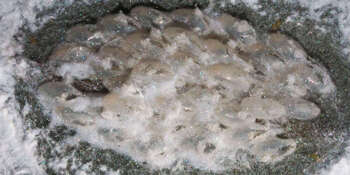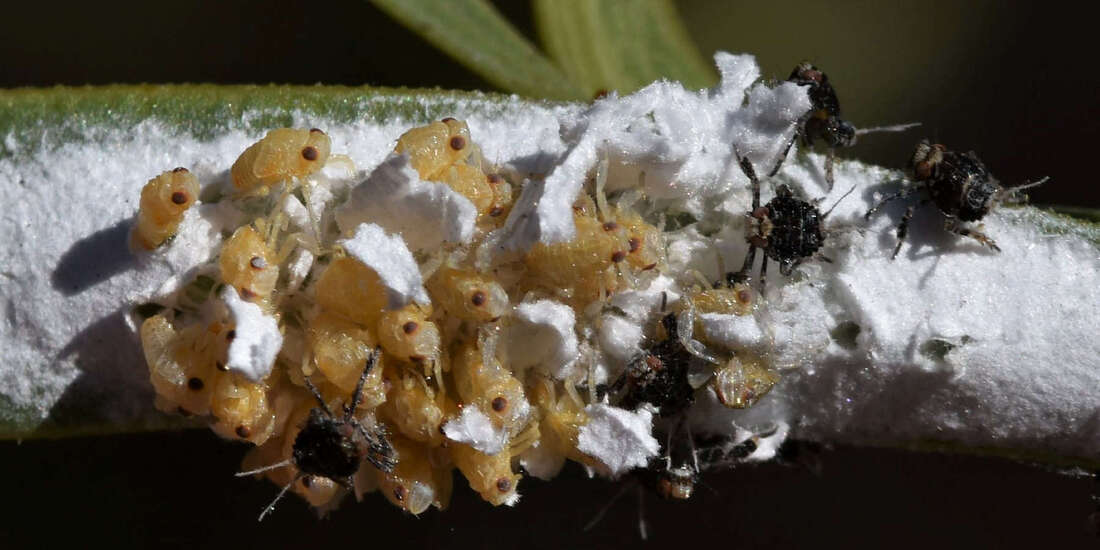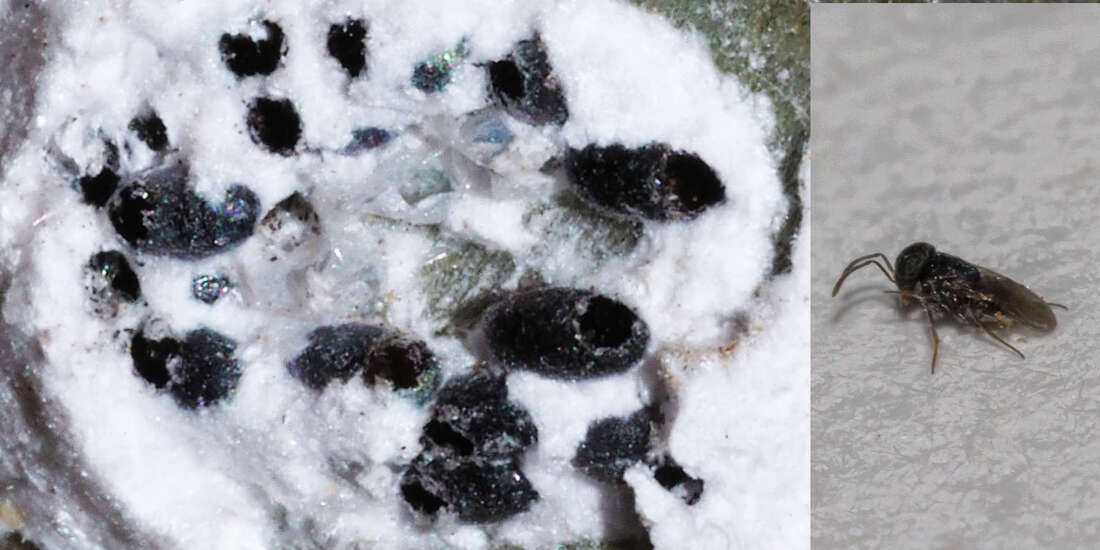When I photographed a couple of fly species pollinating sandalwood flowers, I noticed that the surface of their eyes had facets like gemstones, unlike the round shape of most insects. I caught house and March flies (an easy task this time of the year) and found the same. Why is this so?.
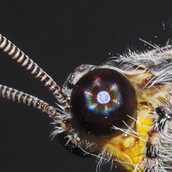 Lacewing reflected light hexagon from camera flash
Lacewing reflected light hexagon from camera flash Our own eyes provide us with very clear coloured images with good depth perception and can detect fairly rapid changes of movement. We have two large movable eyes with lenses that can change shape and regulate light intake, and a sensitive retina that is backed up by large computing power.
Insects have compound eyes consisting of hundreds of single focus lenses that each have relatively few receptors (ommatidia). Most don't see very clearly but they are good at detecting movement. Ommatidia are packed together in a hexagonal, pentagonal or occasionally square array.
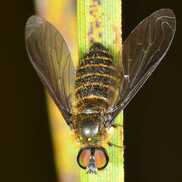 Upward facing pigmented eyes
Upward facing pigmented eyes
There are many tweaks that different insect have to adapt their vision to their lifestyle.
To get a full understanding please have a look at these fascinating blogs?
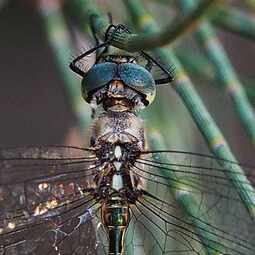
Dragonflies are an fast-flying exception but the following features greatly enhance their vision.
- Enormous eyes with more sensors per ommatidia.
- A huge range of colour receptors, and have the fastest movement detecting ability (flicker fusion frequency).
Have you ever caught a flying dragonfly?
